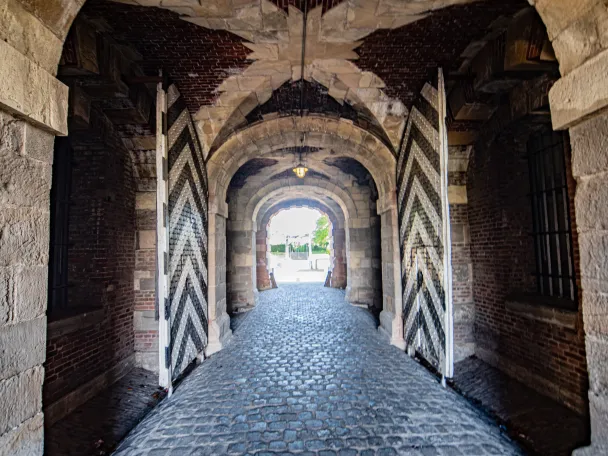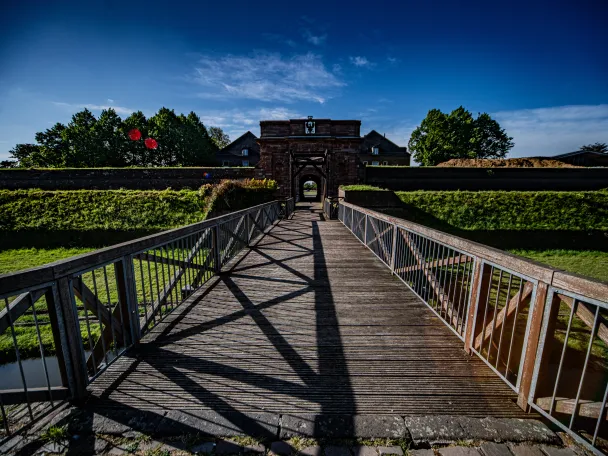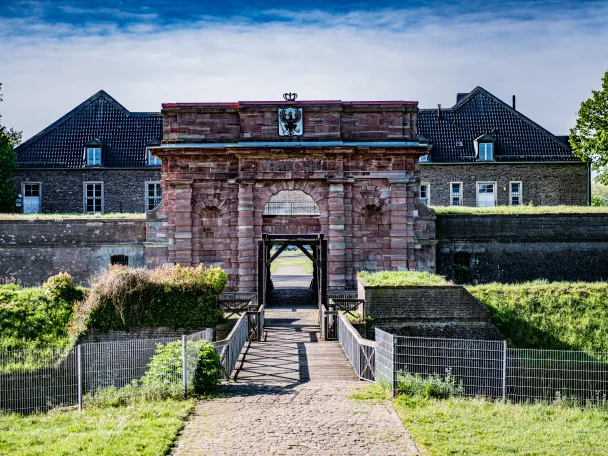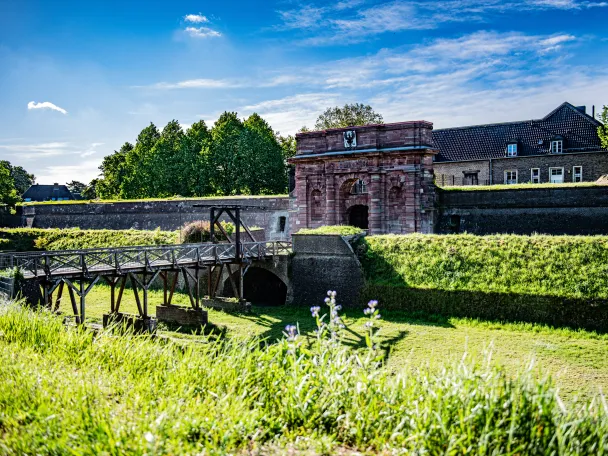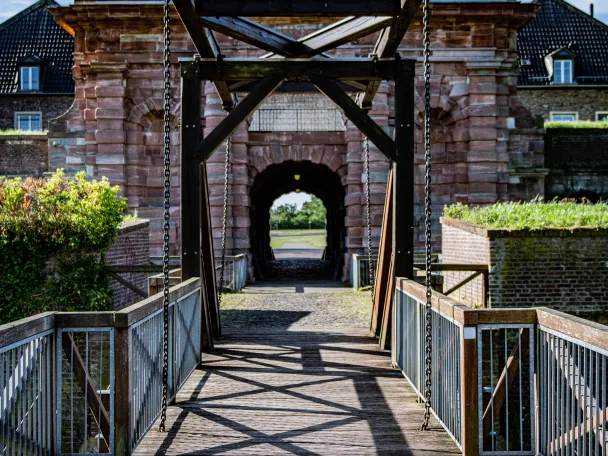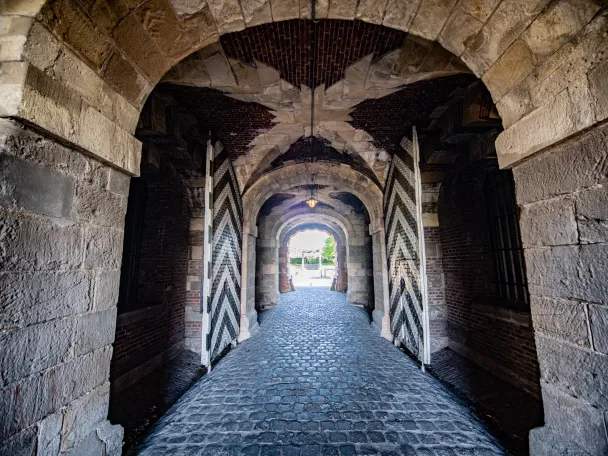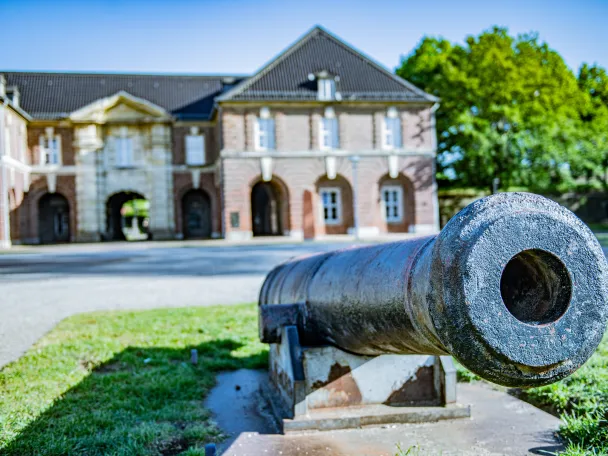Citadel
The citadel is one of the largest surviving fortifications in the entire Rhineland and is now a multi-purpose cultural centre in Wesel.
History of the citadel:
In 1687, Elector Friedrich Wilhelm I ordered the construction of a citadel to strengthen the fortifications. From 1689, the engineer F.R.Joh. de Corbin was primarily responsible for this task. During the French occupation from 1805 to 1814, construction activity was once again brisk. The French erected a two-storey brick building without a basement in the citadel, which still exists today - the former Barracks VIII. In the southern of the two wings there is a prison cell where the eleven Schill officers awaited trial in 1809.
In 1919/1920, as a result of the demilitarisation of the Rhineland ordered after the First World War, the fortifications of the citadel were completely destroyed. Only a few buildings survived this destruction.
Citadel today:
Today, the citadel is home to numerous cultural offerings, such as the LVR Lower Rhine Museum, the music and art school, the city archive with paper restoration workshop, the Schill Kasematte municipal museum department and the studio community of the Z6 artists' group.
